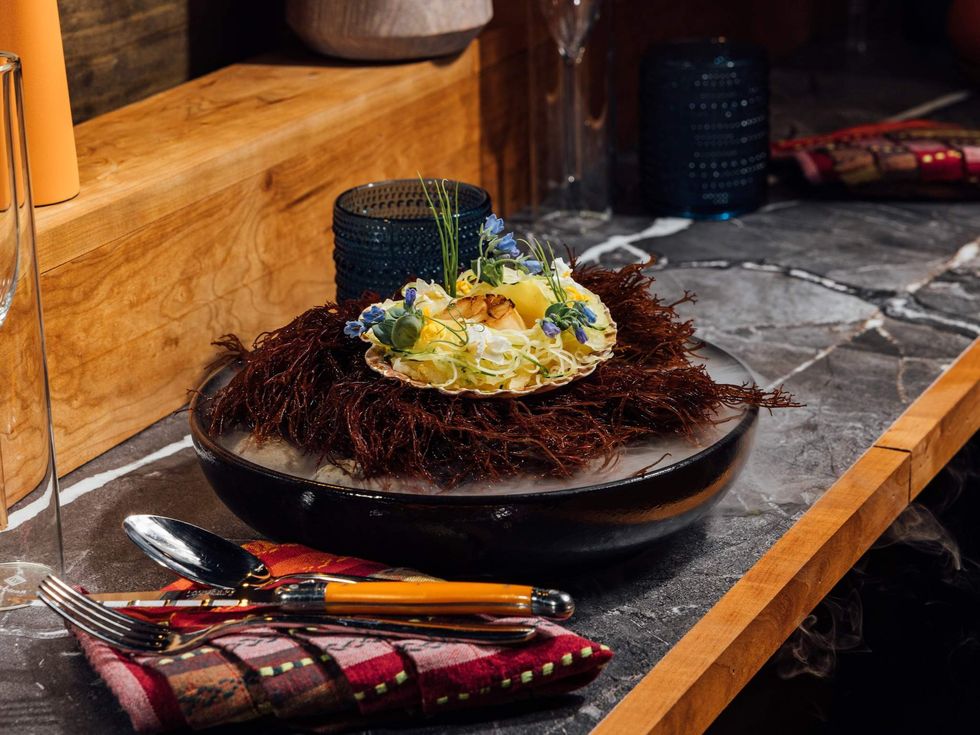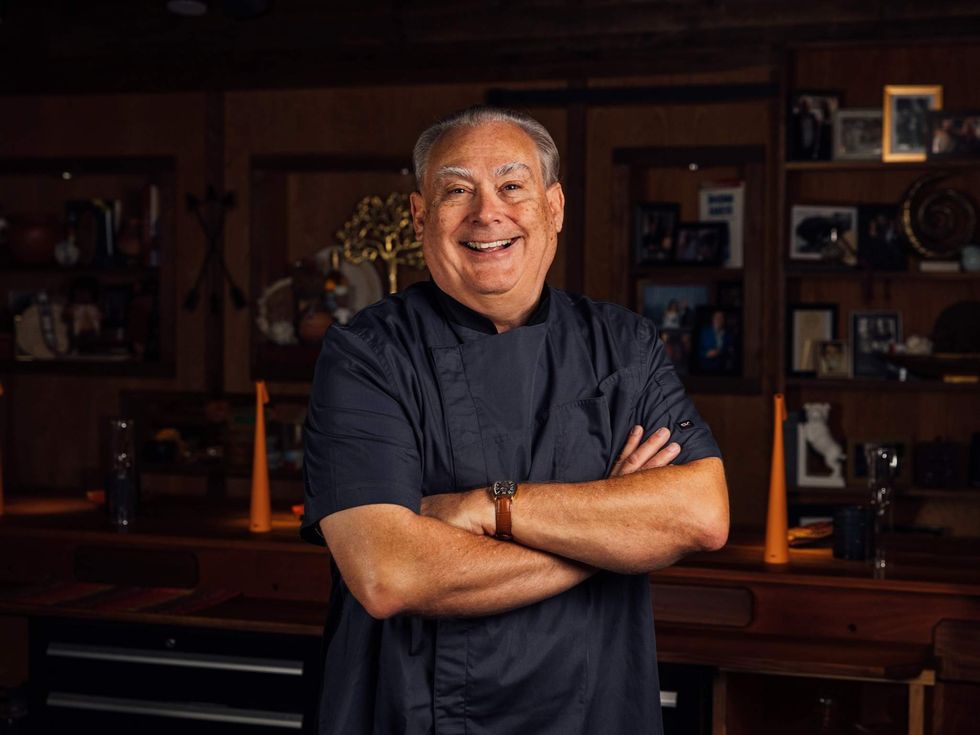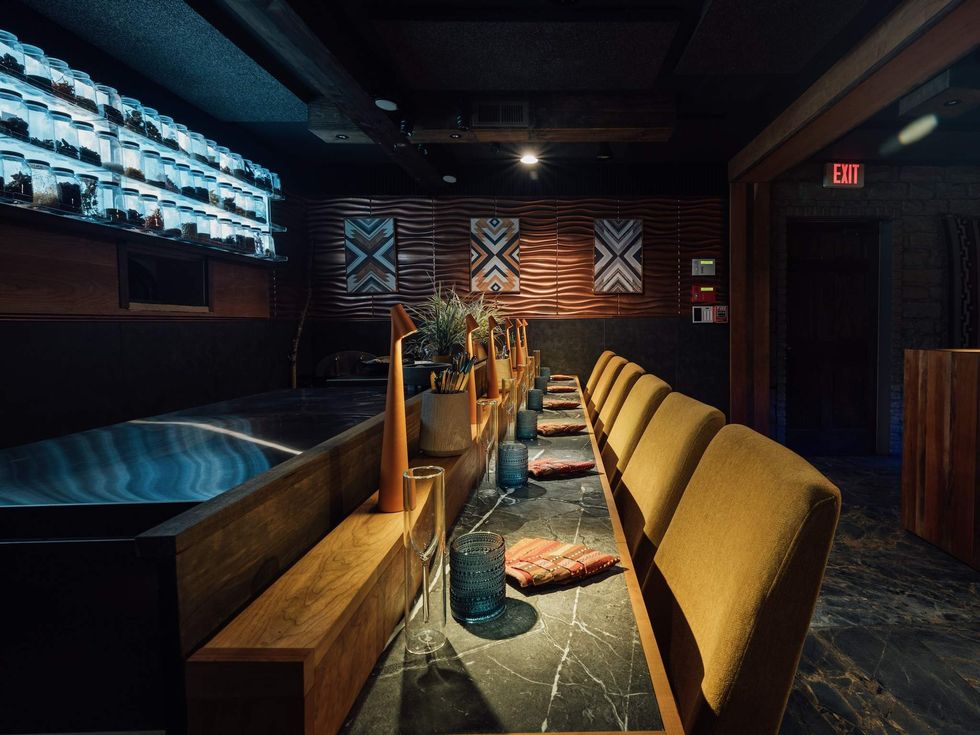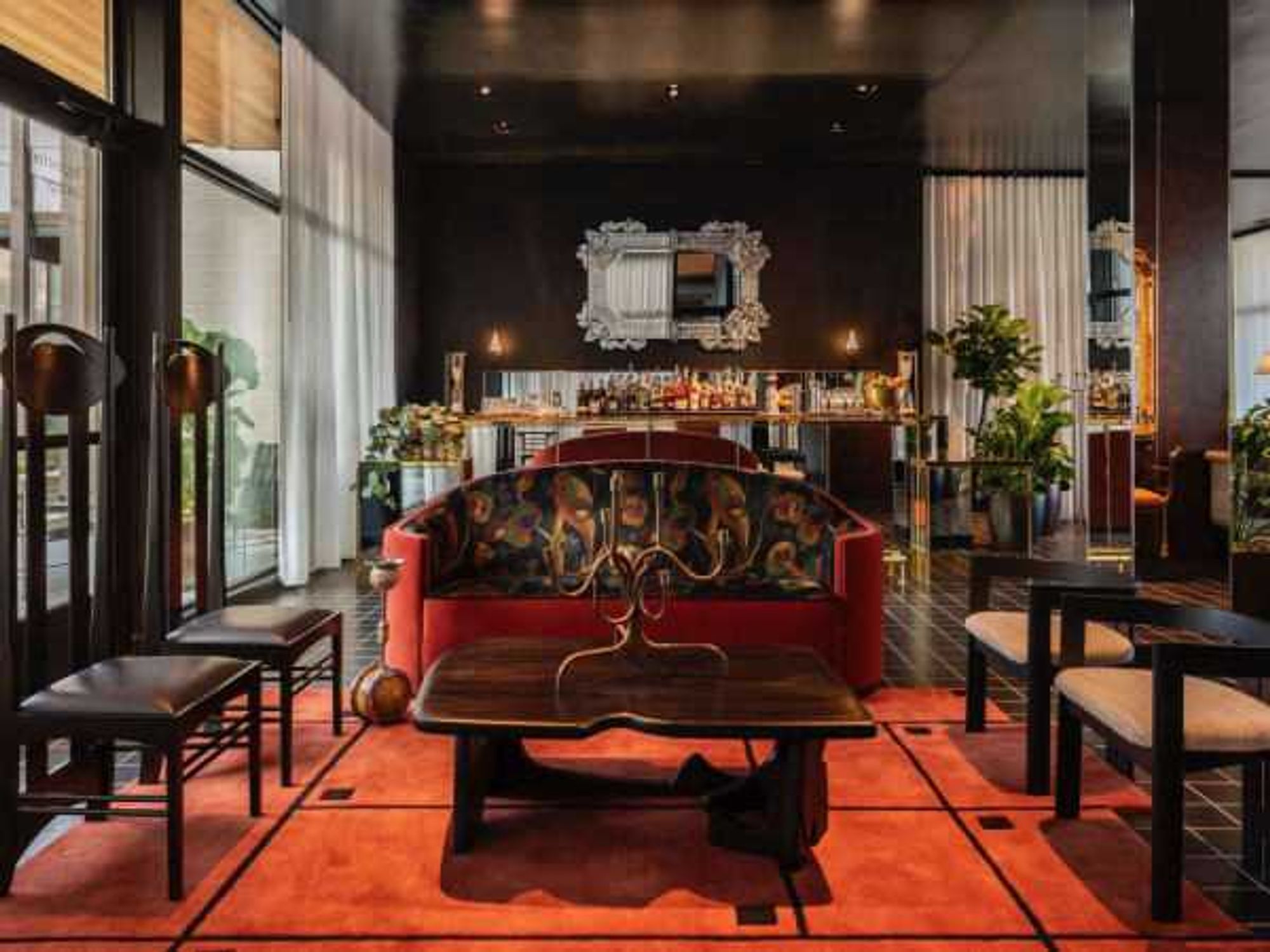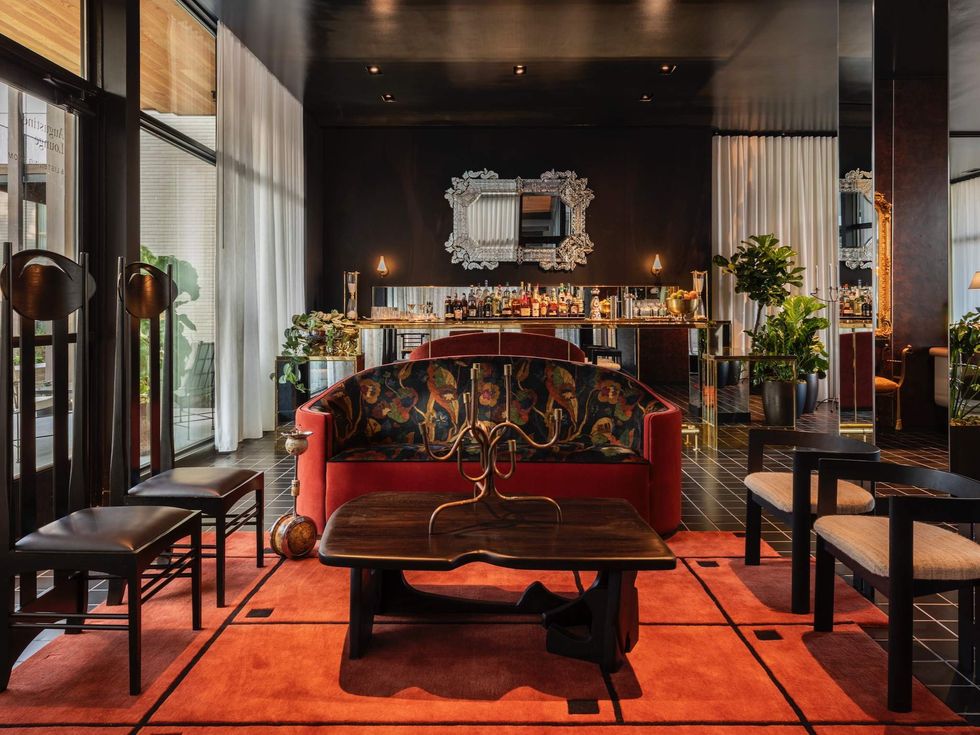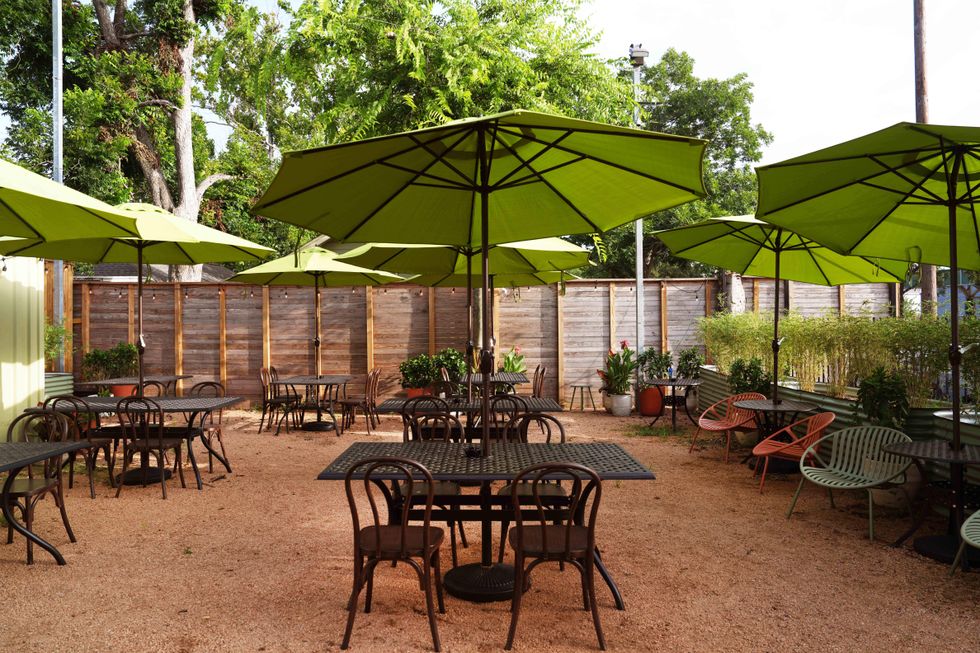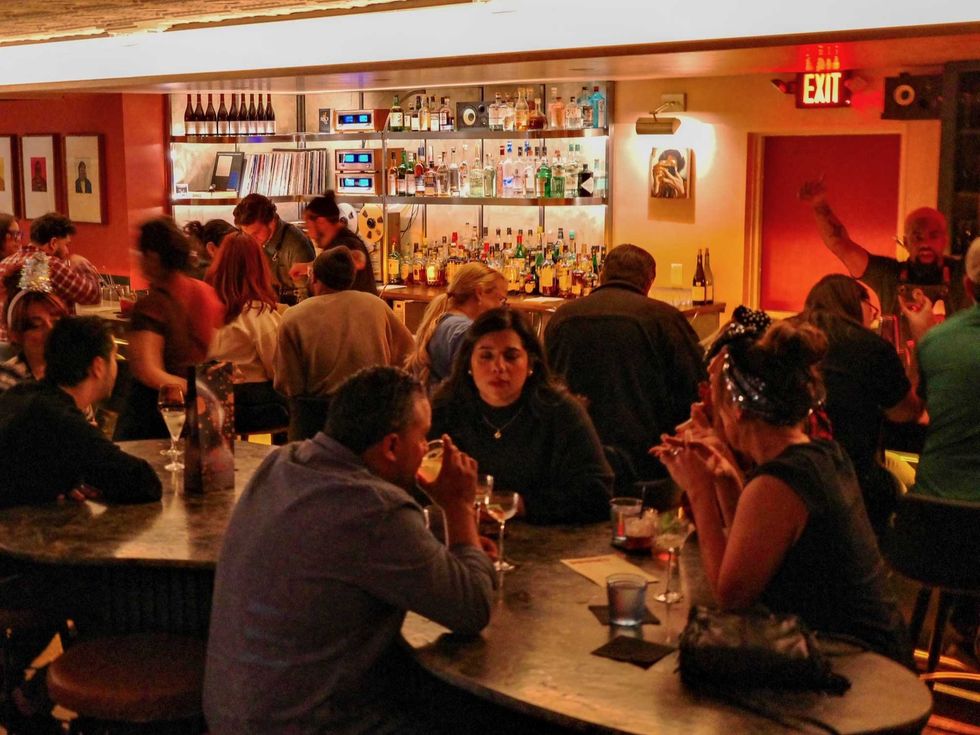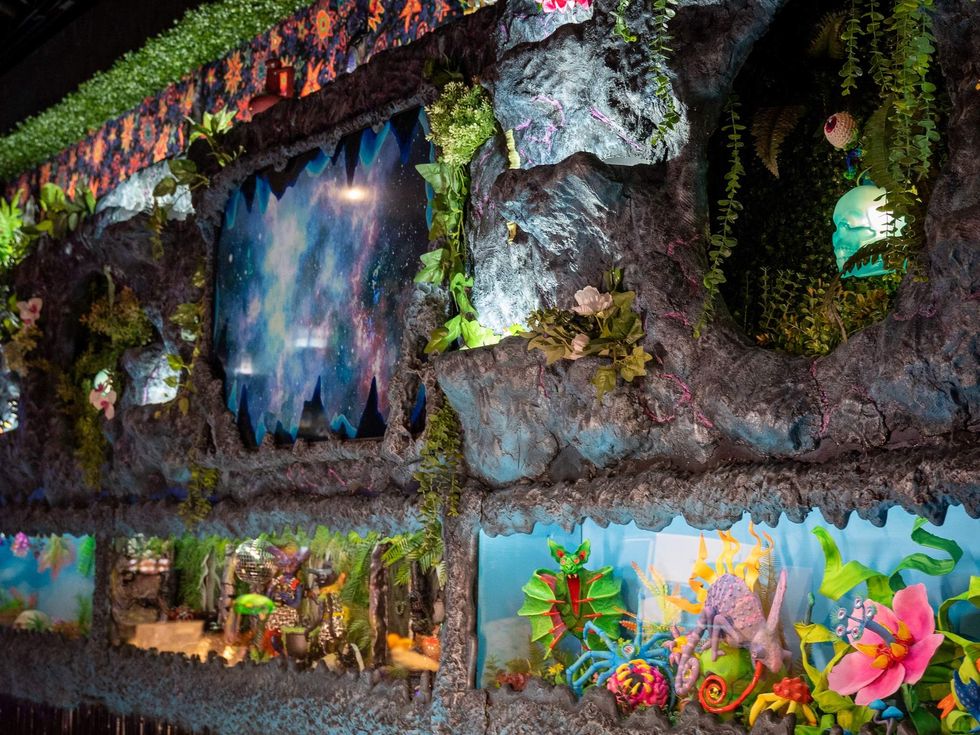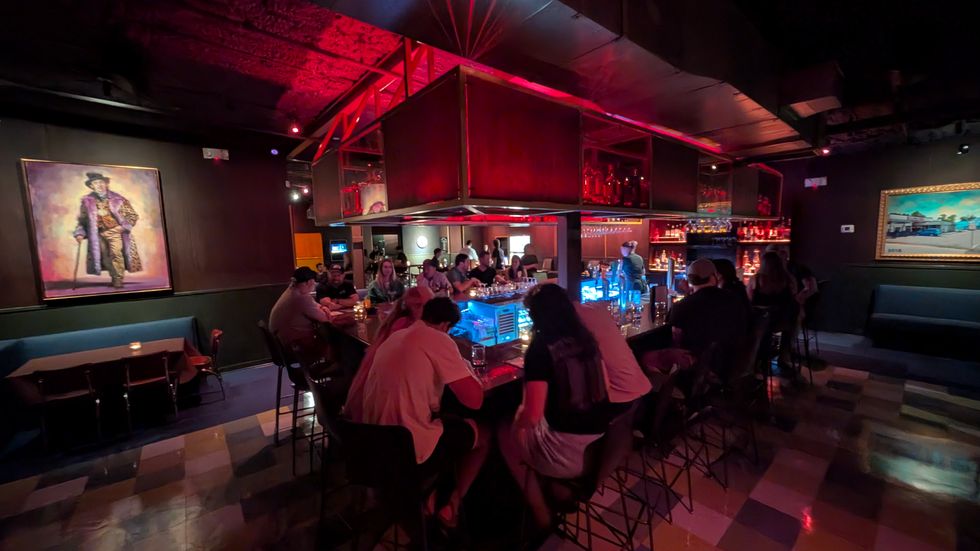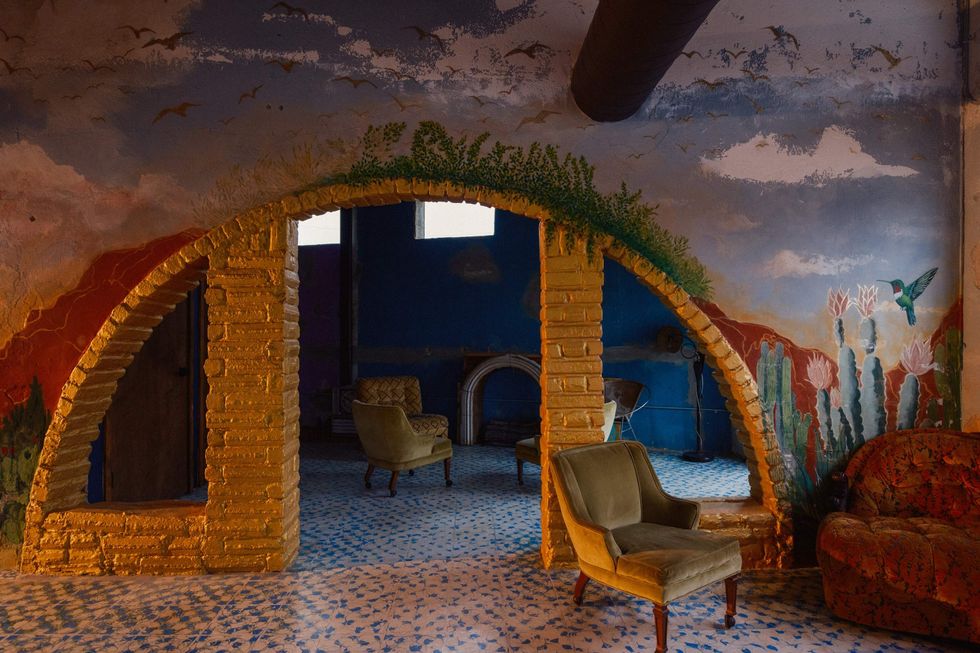sending smoke signals
Innovative new restaurant fires up modern indigenous cuisine in Kemah
By any measure, the last few weeks have seen a dizzying nunber of new restaurants open in the greater Houston area. See-and-be-seen types are hanging with the fire dancers at Toca Madera, while Montrose residents are packing into The Marigold Club for seafood towers, caviar, and its eye-catching dining room. River Oaks District has a post new sushi spot, and Memorial is home to both an upscale comfort food restaurant and a new barbecue joint.
Still, none of the city’s recent arrivals are quite like Ishtia, the new restaurant that opens Thursday, June 27 in the space formerly occupied by modernist tasting menu concept Eculent. As CultureMap first reported in January, David Skinner, Eculent’s chef and owner, saw an opportunity to expand upon the indigenous cooking he’s doing at Th Prsrv, the tasting menu restaurant he opened last year in partnership with James Beard Award-winning chef Benchawan Jabthong Painter and her husband Graham Painter of Street to Kitchen.
Instead of keeping Eculent going, he closed it after 10 years of success and replaced it with Ishtia, Choctaw for “beginning,” which serves an 18-20 course tasting menu of dishes inspired by indigenous cooking traditions from North and South America. As far as he can tell, no one else is doing anything like it.
“To my knowledge, there are no modernist, indigenous restaurants anywhere in the world. If there is, I haven’t come across it. Even googling it, there’s nothing. I think we’re probably the first,” Skinner tells CultureMap. “People who have dined at Eculent will recognize its bones lurking in the building. Our service is better. Our story is more interesting.”
That story starts with the use of live fire to cook most of Ishtia’s dishes. After closing Eculent in April, Skinner renovated the kitchen by adding a massive, wood-burning hearth. Although the transition had some growing pains — one early fire was so large that it “smoked out” the restaurant — Skinner and his team have learned how to imbue the smells and flavors of smoke into almost every aspect of meals at Ishtia.
To drive the point home, a visit to Ishtia includes a tour of the kitchen that happens early in the meal. After beginning with snacks in the restaurant’s upstairs lounge, customers walk through the kitchen before taking their seats in the dining room. When Skinner shows them his hearth, they’ll see their first course, named Bʋla Okchi, warming in Choctaw-style clay pots that are nestled in the hearth’s embers. Once seated, they’ll be served the pot, which contains slow cooked tepary beans and bison.
“The story I tell them is, if you traveled back in time and wandered into any Native American village, there would always be a fire going and a pot of stew on it. Guests were always welcomed with food,” Skinner says. “The pot is designed to share. Not only are we sharing our food with you, you’re sharing it with the people you came with. It really sets the tone.”
Stories like that occur throughout the meal. To pay homage to the “Three Sisters” of Native American cooking — corn, beans, and squash — Skinner created a dish that combines a squash puree with corn butter, tepary beans, and diver scallops from Maine. Not only is the dish served on a scallop shell that sits atop rocks, it includes seaweed from Monterey Bay. Of course, he has to include a little Eculent-style theatricality into the experience.
“It comes out smoking. We use seaweed to scent the water, so it smells like the ocean, it looks like the fog rolling in from the ocean, and you’re eating this fabulous scallop,” Skinner says.
Later, he adds, “I’ve spent time with perfumers. One of the hardest scents to capture is getting the smell of the ocean. No one can get it right. Where’s the brininess? The only way to get that smell is from the ocean itself, so I fly in the seaweed from Monterey Bay. It’s perfect. It’s the ocean. It makes all the difference in the world.”
Diners will also observe the story as they sit in the dining room. Skinner has adorned one wall of the 18-seat dining room with many of the ingredients that he’s sourcing from native tribes throughout North America. While Eculent's bar-height, 12-seat counter remains, its tables have been replaced with a six-seat, table-height chef's counter.
While many of the dishes honor Skinner’s Choctaw heritage, Ishtia is a very different experience than Th Prsrv, which also serves some Choctaw dishes. For example, Ishtia isn’t bound by Th Prsrv’s restrictions on not using any colonialized ingredients, which means butter, salt, dairy, and other Western elements are all available at Ishtia but not at Th Prsrv. Overall, the two restaurants offer different perspectives on indigenous traditions.
“At Ishtia, the stories are different than what we tell at Th Prsrv. They’re interesting and well woven together,” Skinner says. “The story is very coherent. It’s very tight. That’s helped the staff, too. We know why we’re doing this.”
Ishtia is open Thursday-Sunday for a three-hour tasting menu that begins at 6:30. It is priced at $239 per person plus a 20 percent service fee and optional wine pairings. Reservations are available on OpenTable or via the restaurant’s website.
